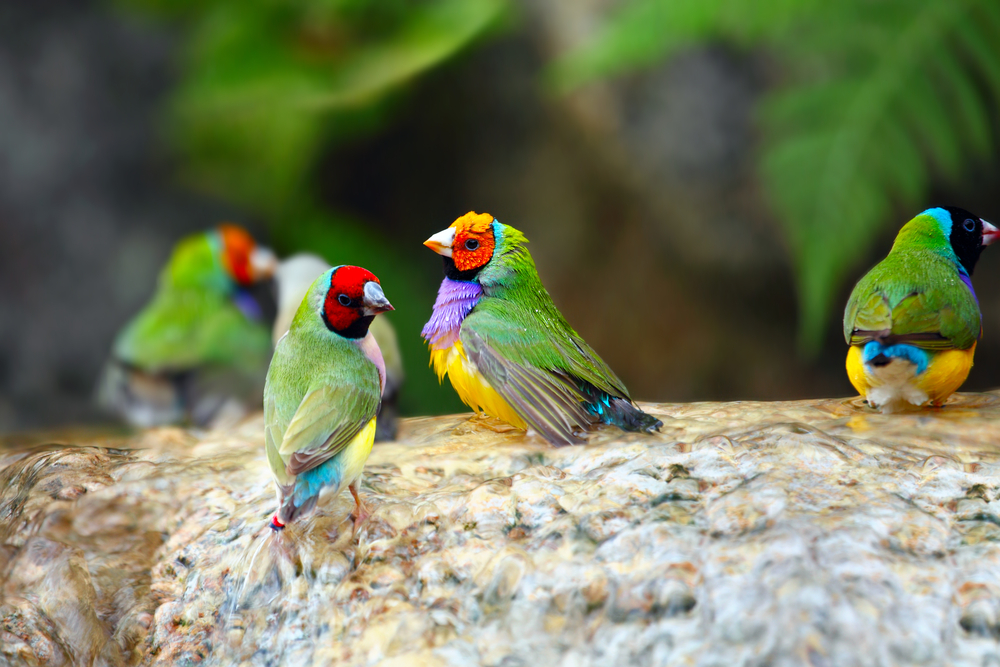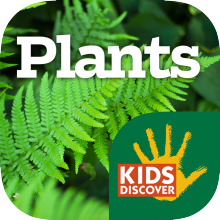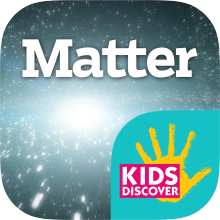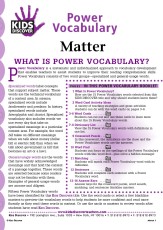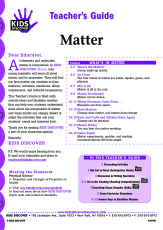Watch any 10-month-old carefully picking up and examining the tiniest objects off the floor and you will be convinced we are born taxonomists. “Cheerio—good to eat. Rock—not good to eat. Lint—maybe . . .”
The term “taxonomy” refers specifically to sorting and classifying living organisms. We also refer to it as “scientific classification.” Taxonomy is a remarkably complex, fluid science. Taxonomists study minute features to identify individual species. These days they also examine the DNA of organisms, which has led to species being moved from one “bucket” to another. Scientists don’t always agree about where an organism might belong. Categories are constantly being refined and organisms are continually moving from one category to another.
Still, at its most basic level, taxonomy is sorting. We begin teaching sorting at a very young age, making the concepts of scientific classification accessible to very young students. Here are a few activities you can use to introduce these ideas in the classroom. Each activity can be adapted for older and younger students.
Activity—What is Alive?
You will need:
• Journals or record sheets for each student
• Slips of paper or 3 x 5 cards, 10 for each student
Instructions:
1. Take students on a walk around the schoolyard.
2. Have them write down ten things they see.
3. Once back in the classroom, have them write each of the 10 items on a separate slip of paper.
4. Pair students up and invite them to sort their items into two groups. They get to choose the criteria.
5. Allow each pair to share their criteria with the rest of the class.
6. Then ask the students to sort their items based on this criteria: living/nonliving.
7. Have each pair share how they decided that an item was living/nonliving.
8. Discuss the characteristics that define living things (link at end of article).
Challenge: If students have the main idea down, pose some more tricky scenarios. Is a fire alive? A cloud? A virus? A robot? A crystal?
Activity—Have a Backbone!
You will need:
• Description of the 5 main groups of “backbone” animals (AKA phylum Chordata, subphylum Vertebrata—birds, amphibians, mammals, reptiles, and fish) (link at end of article)
• Photos of animals with backbones
Instructions, Day 1:
1. Ask students to name their favorite animals. Write them on the board.
2. Ask students if they know which of these animals have a backbone (vertebral column).
3. Explain that all the animals with a backbone belong to one group called the chordates.
4. Ask students to bring pictures of their favorite animals with a backbone. These can be cut from a magazine or printed from photos found on the internet or taken by a family member.
Instructions, Day 2:
1. Explain that scientists divide the big group of animals with a backbone into five main groups.
2. Describe characteristics of the five main groups (birds, amphibians, mammals, reptiles, and fish).
3. Invite students to share one of the animals they brought and have the class place it in the correct group.
4. Repeat, if you have time and students have more pictures to share.
Challenge: Describe the main features of an echidna and a platypus and ask your students why they think scientists put them in the mammal group (link at end of article).
Activity—Ambassadors from the Six Kingdoms
You will need:
• Colored file folders, 5 or 6 colors* (one folder for each student)
• Information about the kingdoms (link at end of article)
Instructions:
1. Before beginning, assign a folder color to each kingdom.*
2. Pass out folders. Make sure there is roughly an equal number of each color.
3. Explain to students that they will be creating a “dossier” for a living organism from one of the six kingdoms. The kingdom assigned to them depends upon the color folder they received.
4. Reveal the corresponding kingdom for each color folder.
5. Share the parameters for creating the dossier.
6. Upon completion, invite students to share the organism they researched.
Dossier Contents
o The cover of the dossier will be pasted on the outside of the folder and will include the following:
-An image of the organism (photo or drawing)
-The organism’s scientific classification: kingdom, phylum, class, order, family, genus, species.
o Page 1 of the dossier will be pasted on the inside left of the folder and will include the following:
– An image of the organism (photo or drawing)
– Life history information, including where the organism lives, diet, predators, how long it lives, and size.
o Page 2 of the dossier will be pasted on the inside right of the folder and will include the following:
– The role the organism plays in its ecosystem.
– Five interesting facts about the organism.
*When I was in school there were five kingdoms, but now many scientists recognize six (see link below). The number of folder colors you’ll need depends on whether you choose to teach five or six kingdoms.
Online Resources
• “Characteristics of Living Things,” from Science Learning
o http://sciencelearn.org.nz/Science-Stories/Earthworms/Characteristics-of-living-things
• “Animal Classification,” from Kids’ Corner (description of five main Chordata classes)
o http://www.sheppardsoftware.com/content/animals/kidscorner/classification/kc_classification_main.htm
• “Monotremes,” Animal Diversity Web
o http://animaldiversity.ummz.umich.edu/site/accounts/information/Monotremata.html
• “The Six Kingdoms,” from Dr. Paul Tiskus, Rhode Island College
o http://www.ric.edu/faculty/ptiskus/six_kingdoms/
